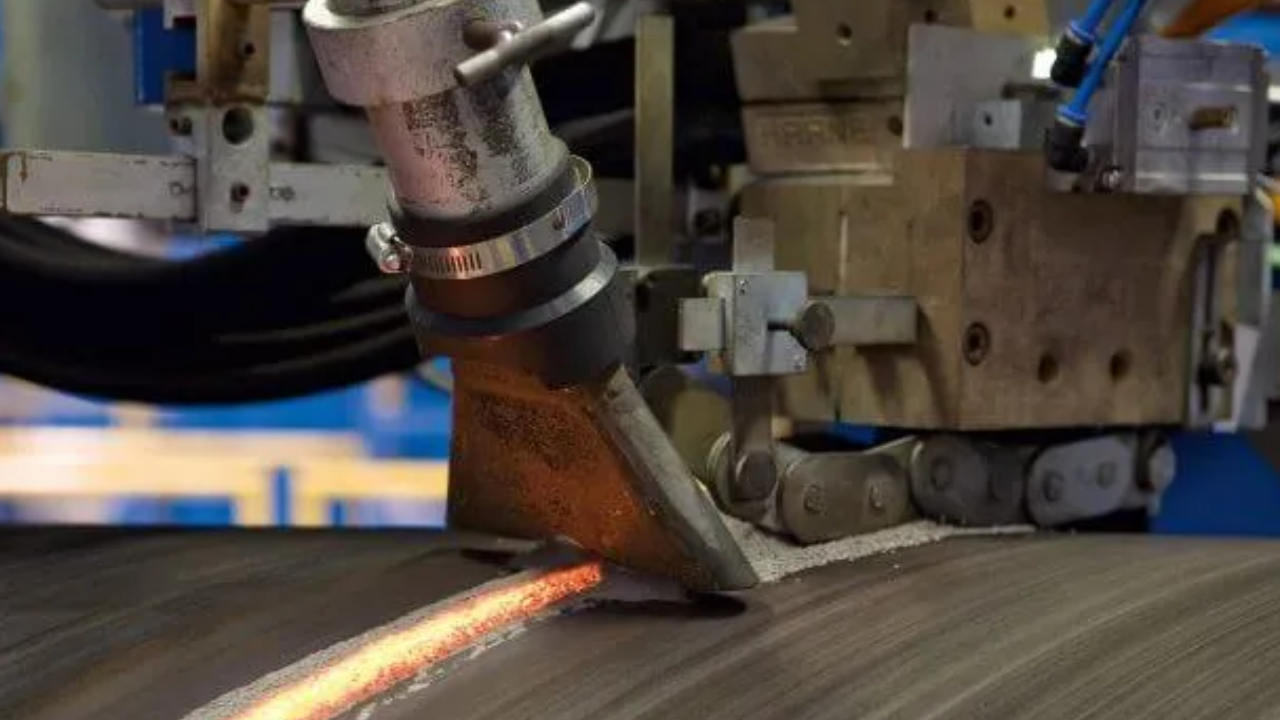Steel pipe piles are structural columns designed to transfer loads through the soil to equipped bearing strata or rock. They’re cylindrical sections typically crafted from welded or seamless steel pipes, ranging in diameter from some inches to numerous feet. Metal pipe piles are used, notably in civil engineering and construction tasks, to help heavy systems, consisting of homes, bridges, and marine systems, by providing deep foundation support.
Metal pipe piles are regarded for their excessive load-bearing ability, sturdiness, and corrosion resistance, making them suitable for both onshore and offshore applications. Moreover, steel pipe pile offer versatility in layout and installation, making them a preferred choice in basis engineering where soil conditions and structural requirements call for support solutions.
Considerations for Selecting Steel Pipe Piles in Construction Projects
Metal pipe piles are vital components in foundation engineering, imparting sturdy structural support in diverse production applications. Their choice involves careful attention to several elements to make sure they meet task requirements successfully. This article explores the important concern of deciding on metal pipe piles, detailing their importance and impact on construction tasks.
Load Requirements and Design Criteria
The primary consideration when choosing steel pipe piles is their ability to withstand the loads imposed by the shape they provide. Engineers examine the importance and distribution of masses, inclusive of vertical, lateral, and second loads. This evaluation allows for the determination of the diameter, wall thickness, and material grade required to reap good enough load-bearing capability.
Soil Conditions and Geotechnical Considerations
Knowledge of soil conditions is important in pile foundation design. Exceptional soils showcase varying bearing capacities, settlement traits, and lateral constraints. Engineers conduct soil investigations to determine soil type, density, water desk depth, and presence of contaminants. These facts guide the selection of pile duration, diameter, and set-up approach to optimize bearing ability and limit agreement risks.
Environmental Factors
Environmental considerations have an impact on the choice and performance of metal pipe piles. Elements along with exposure to corrosive environments, marine conditions, seismic interest, and temperature variations affect pile durability and provider lifestyles. Coatings, substances, and design details are tailored to mitigate corrosion, withstand dynamic loads, and ensure long-term structural integrity in harsh environments.
Construction Methodology and Equipment
The technique of pile installation influences pile selection. Metal pipe piles may be pushed into the floor using effect hammers, vibratory drivers, or drilled with rotary devices. Site accessibility, floor conditions, noise restrictions, and close by structures dictate the selection of setup technique. Pile period, stiffness, and joint configurations are optimized to facilitate efficient and secure installation techniques.
Structural and Design Standards
Compliance with enterprise standards and regulatory necessities is imperative in pile choice. Requirements such as ASTM A252 specify production tolerances, material properties, and trying out processes for steel pipe piles. Engineers make certain that selected piles meet structural design codes, ensuring safety, reliability, and compatibility with superstructure connections.
Cost Considerations and Lifecycle Analysis
Economic factors have an impact on pile selection at some point in project planning and execution. Initial prices of materials, fabrication, transportation, and installation are evaluated against long-term advantages together with reduced preservation and extended provider life. Lifecycle cost analysis considers factors like sturdiness, operational efficiency, and environmental impact to justify funding selections.
Durability and Maintenance Requirements
Durability checks involve comparing the corrosion resistance of metallic pipe piles in particular environments. Defensive coatings, cathodic protection structures, and cloth selection enhance durability and decrease protection charges over the shape’s lifespan. Normal inspection and renovation protocols ensure ongoing overall performance and compliance with safety requirements.
Sustainability and Environmental Impact
Environmental stewardship courses pile selection closer to sustainable practices and materials. Recyclability of metal, decreased carbon footprint, and responsible sourcing practices contribute to venture sustainability goals. Environmental effect checks keep in mind habitat disturbance, emissions, and waste management throughout the assignment phases.
Conclusion
Deciding on metal pipe piles entails integrating technical, economic, and environmental concerns to acquire top-quality foundation performance and task success. Engineers and stakeholders collaborate to balance layout requirements, construction logistics, and long-term sustainability, making sure that piles decided on meet structural integrity, sturdiness, and protection requirements. By prioritizing these concerns, creation projects benefit from dependable solutions that assist resilient and sustainable constructed environments.


